In the last few years, we’ve become more and more conscious not only about what we eat but also about what we put on our bodies. We’re reading the ingredients’ lists, looking for those drawn from nature, and increasingly choosing natural skincare.
One of those ingredients is clay, a natural material that has the ability to draw out impurities, balance skin, and leave a glow. No wonder that clay masks have become a staple in beauty routines of many. Read more to discover the benefits of clay masks, how to use them, how to choose the right clay mask for your skin, and the difference between clay and mud masks.
Contents
What Is Clay?
Clay is a type of natural material made up of tiny particles formed from the breakdown of rocks over time. Depending on the minerals present in the soil, it can be found in various colors, like white, green, or gray. It’s a popular ingredient in skincare products because of its ability to absorb oil and bacteria, cleanse the skin, and thus reducing skin oiliness and acne.
Two of the most well-known varieties used in facial masks are Kaolin clay and Bentonite clay. Kaolin, or “china” clay, is a type of usually white clay that gently absorbs oil and exfoliates the skin. It is suitable for all skin types, especially for sensitive skin. Bentonite is a highly-absorbing clay that has been used to treat various skin conditions, such as dermatitis or lesions, for a long time. In skincare, it is great for its detoxifying abilities, which absorb oil and dirt from the skin, making it particularly effective for oily and acne-prone skin.
How Do Clay Masks Work?
When applied to the skin, clay masks act like magnets, attracting and absorbing excess oil, dirt, and impurities from the pores. As the mask dries, it will tighten up and create a suction effect that pulls out more gunk from deep within your skin. This deep cleansing not only helps to unclog pores and prevent breakouts, but it also leaves your skin looking and feeling clean and smoother.
A study that used masks with kaolin and bentonite as key ingredients showed how they can effectively extract surplus oil from the skin, which helps reduce oiliness and makes it less likely for your pores to get clogged.
Additionally, as you rinse off the mask, the dried-up clay particles act as an exfoliant, gently buffing away dead skin cells and leaving a fresher skin complexion underneath.

Benefits of Clay Masks
Clay masks are not intended for oily and acne-prone skin only. Their purifying properties are a welcome add to any skincare routine – to exfoliate, cleanse, and leave the skin smoother. Here is the list of benefits clay masks offer:
Deep Cleansing
Pores are prone to collecting dirt, oil, and impurities throughout the day, and this is where the clay mask does the job. When applied to the skin, the clay’s absorbent properties act like a magnet to draw out impurities deep within the pores. This deep cleansing action not only removes surface grime but also helps to prevent congestion and breakouts. For this reason, clay masks are an excellent choice for acne-prone skin.
Balancing
By regulating sebum production, clay masks help to regulate oil production without stripping the skin of its natural moisture. This makes them suitable for oily or combination skin, as well as for anyone struggling with shine or congestion.
Exfoliating
Dead skin cells are the ones responsible for leaving the skin dull, uneven, and prone to breakouts. Clay masks gently exfoliate the skin and thus promote cell turnover, resulting in smoother, more even skin.
Pore Minimizing
Large pores are a common skincare concern many of us face. This is also something clay masks help with. By absorbing excess oil and tightening the skin’s surface, clay masks can visibly reduce the appearance of pores, leaving the skin texture smooth and mattified. With regular use, you’ll notice a significant improvement in the overall texture and feel of your skin.
Calming
Clays such as bentonite have calming properties on the skin. Studies have shown that they can treat allergic, chronic, and diaper dermatitis – for the latest, it is reported to act better and faster than calendula.
How to Use Clay Masks
Step 1: Cleanse
The first step is to cleanse and dry the skin before applying the mask, as this will help maximize the benefits of the clay mask.
A device that can be used in this step is LUNA™ 4 – a facial cleansing brush and massager designed to deeply cleanse and firm your skin. Its ultra-hygienic silicone touchpoints remove up to 99.5% of dirt, oil, and makeup residue, while guided firming massages relax muscle tension points, improve lymphatic drainage, and help to reduce wrinkles and fine lines. As a result, LUNA™ 4 aids in reducing breakouts, boosting circulation and collagen production.
Step 2: Apply the Clay Mask
Apply: Using clean fingers or a brush, apply a thin layer of clay mask to the face, avoiding the delicate eye area.
If you like to do your skincare neatly, a great product to use is FOREO Silicone Applicator. This versatile tool is a perfect way to apply any topical to your skin, whether it’s a mask, foundation, concealer, or cream – you name it. Made of bacteria-resistant silicone, it allows for a hygienic application every time. Its silky soft texture allows it to glide smoothly on the skin, while its flexible design makes it perfect for both large facial areas and precision application.
Step 3: Relax
Allow the mask to dry completely, and depending on the product you’re using, leave it on for about 10 minutes (and no longer than 15 minutes so as not to overdry your skin).
Step 4: Rinse and Moisturize
Once the mask is completely dry, rinse it off with lukewarm water, patting the skin dry with a soft towel. Let it completely dry, and then follow up with a moisturizer to replenish hydration and seal in the mask’s benefits.
We recommend you finish off with SUPERCHARGED™ HA+PGA Triple-Action Intense Moisturizer – a fast-absorbing gel cream clinically proven to increase skin moisture by 40% in just 15 minutes. This all-in-one solution provides long-lasting hydration, improves elasticity, prevents moisture loss, and strengthens the skin barrier thanks to its powerful ingredients.
Hyaluronic Acid and Polyglutamic Acid draw moisture into skin cells and lock them in, while Squalane minimizes fine lines and wrinkles. Panthenol hydrates and fortifies the skin barrier, reducing redness, while antioxidant vitamin E protects from free-radical damage.
How Often Should You Use Clay Masks?
While clay masks can be beneficial for most skin types, it’s important to use them in moderation to avoid over-drying the skin. For oily or acne-prone skin, using a clay mask 1-2 times per week may be suitable, while those with drier or more sensitive skin may opt for once every 1-2 weeks.
*It is recommended to follow the instructions written on the product packaging.
Mud Mask vs. Clay Mask
Both mud masks and clay masks often have similar benefits, but there are some differences worth mentioning. Mud masks typically contain ingredients like mud or clay mixed with other minerals or botanical extracts, offering benefits such as healing, exfoliating, cleansing, and nourishing skin. Clay masks, on the other hand, are focused primarily on drawing out impurities, balancing the oil production, brightening the skin, and calming inflammation and acne.
This means that clay masks are better for oily or acne-prone skin, while mud masks are better for dry skin.
Choosing the Right Clay Mask
Clay masks aren’t a one-size-fits-all. Depending on your skin type, you should choose a mask that caters your skin concerns: if you have dry or sensitive skin, gentle white clay would be best, if you have oily skin, oil-absorbing bentonite might work well, and if you have combination skin, try applying one type of clay to your T-zone, and the other to the rest of the face. Always to a patch test before applying a new product to your face.
Here is the list of our favorite clay masks:
Fresh Umbrian Clay Pore-Purifying Face Mask

This mask with a high mineral content is great for all skin types, as it minimizes the pores and balances sebum production without over-drying the skin. Except for purifying clay, it contains chamomile oil to soothe the skin, lavender water to tone and balance, and sandalwood oil to calm the skin.
Kiehl’s Rare Earth Deep Pore Minimizing Clay Mask

Formulated with fairly traded Amazonian white clay, it visibly reduces clogged pores, significantly reduces skin surface oil production, draws dirt and pollution from the pores, and softens the skin. It’s suitable for normal to oily skin types.
Skin Essence Skin Softening Mineral Mask

If you’re looking for a mask that’s gentle enough for sensitive and reactive skin, this mask is a great choice. It contains white Kaolin clay to remove impurities gently, organic oats to soften the skin’s texture, chamomile to soothe the skin, and stevia leaves to calm the blemishes.
Cetaphil DERMACONTROL Purifying Clay Mask
This mask is great for sensitive, oily skin: it cleans the pores deeply with white Amazonian clay while gently exfoliating and removing dead skin cells with apple fruit extract. It’s gentle enough to be used three times a week.

We hope this article helped with choosing the right clay mask for your skin, and if you have any favorites that we haven’t mentioned, please share in the comments below.


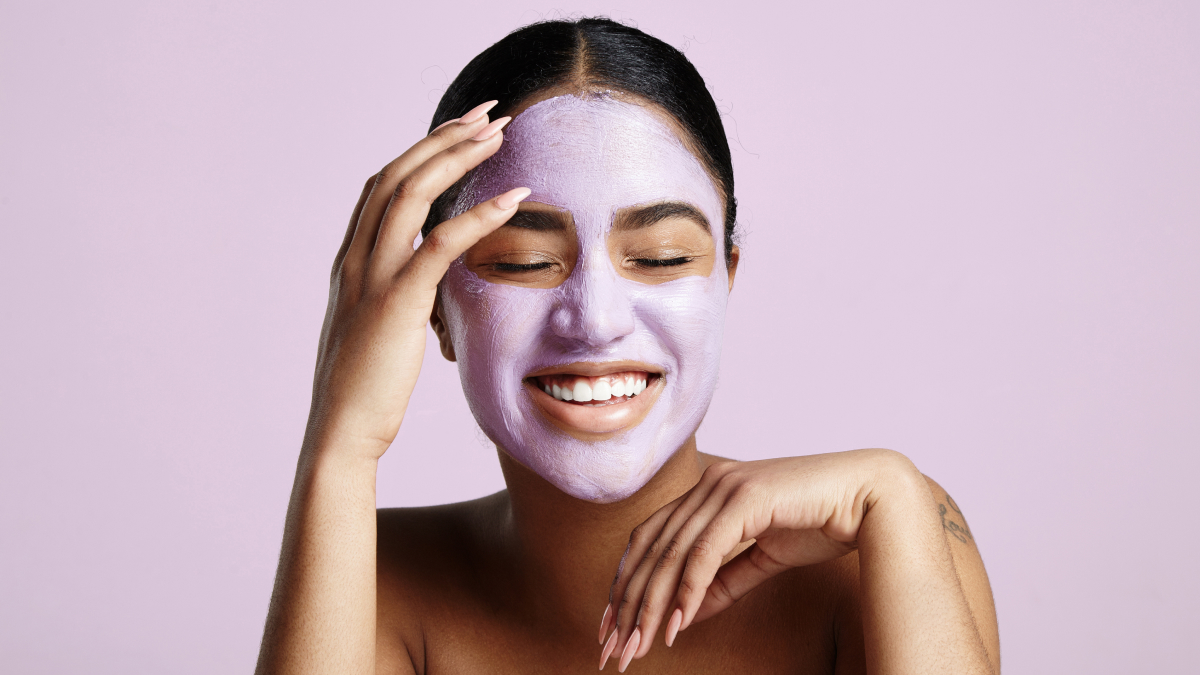
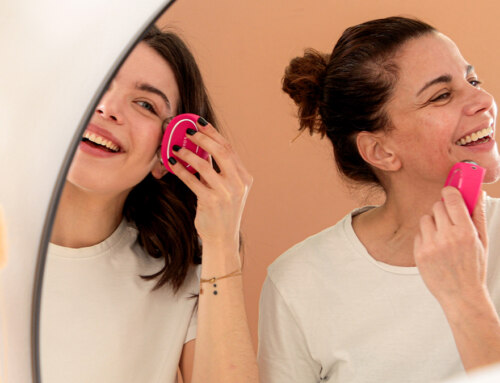
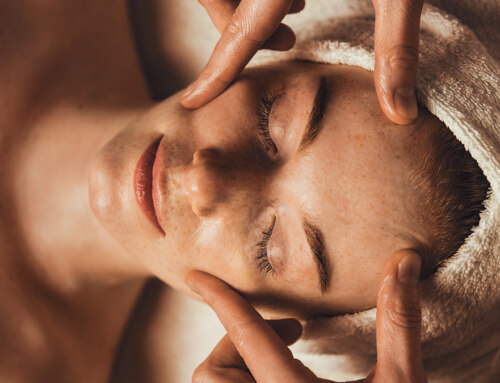

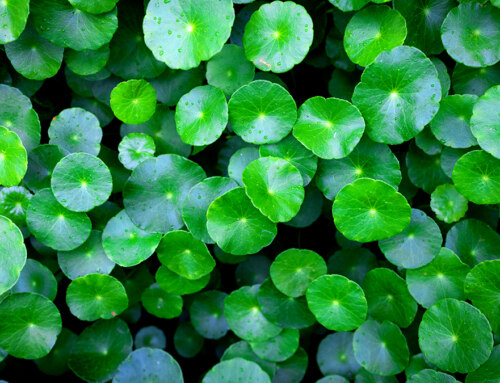
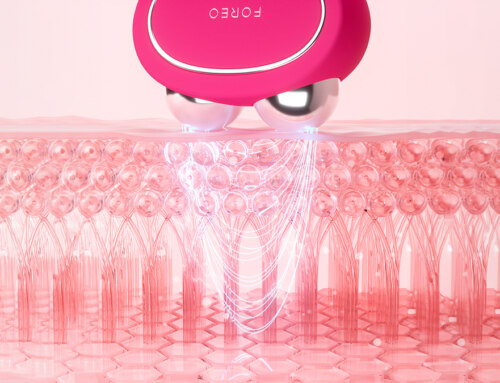






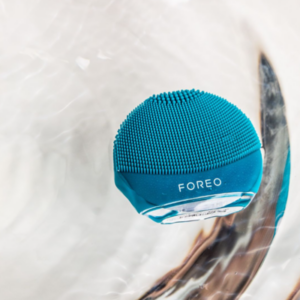

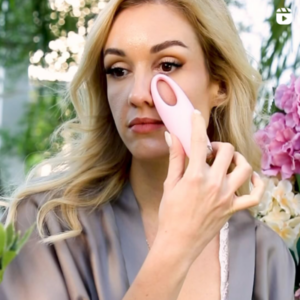

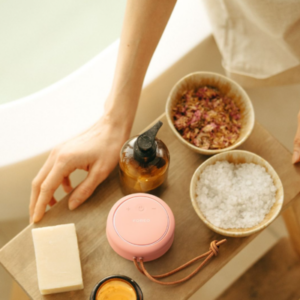
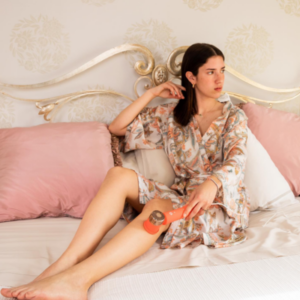
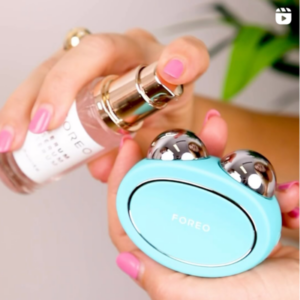
Leave A Comment